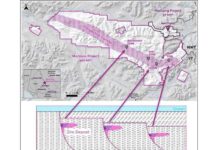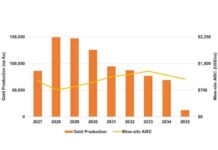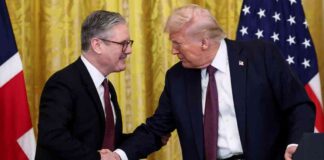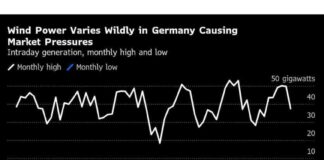Goldman Sachs Group Inc. has revised its economic growth forecast for Australia in 2025, citing potential negative effects from the anticipated increase in tariffs on China by the incoming Trump administration. The new forecast predicts a GDP growth of 1.8% next year, down from the previous estimate of 2%. This adjustment reflects concerns about the impact on exports to Australia’s largest trading partner.
President-elect Donald Trump’s proposed 60% tariffs on Chinese exports are expected to protect American businesses and jobs, but they could have ripple effects on economies around the world. In response to these developments, Goldman Sachs is taking a more cautious stance on Australia’s economic outlook.
Australia has already been experiencing a slowdown in growth this year, partly due to high interest rates, which are currently at a 13-year peak of 4.35%. These rates have dampened consumer spending, contributing to the economic challenges faced by the country. Goldman Sachs anticipates that the Reserve Bank of Australia will begin to ease monetary policy in February, ahead of market expectations.
The central bank is projected to initiate rate cuts early next year, with a target rate of 3.25% by November. This dovish approach is based on the belief that higher US tariffs on China could have implications for Australian interest rates. While the money markets are not pricing in rate cuts until May, Goldman Sachs is taking a more proactive stance.
Looking ahead to the 2025 federal election in Australia, Goldman Sachs suggests that voter-friendly policies could provide a boost to the economy. The Labor government has already introduced measures to address concerns about the cost of living, such as energy rebates, increased rental assistance, and reductions in student debt. These initiatives could stimulate economic activity in the lead-up to the election.
In neighboring New Zealand, Goldman Sachs expects the central bank to continue cutting interest rates in increments of 50 basis points in November and February. The pace of rate reductions is then likely to slow to quarter-point adjustments per meeting, with a terminal rate of 3% expected by July 2025.
Overall, Goldman Sachs’ revised economic outlook for Australia and New Zealand reflects the complex global economic environment, shaped by trade tensions and domestic policy considerations. As these factors continue to evolve, policymakers and market participants will need to adapt to ensure economic stability and growth in the years to come.






















